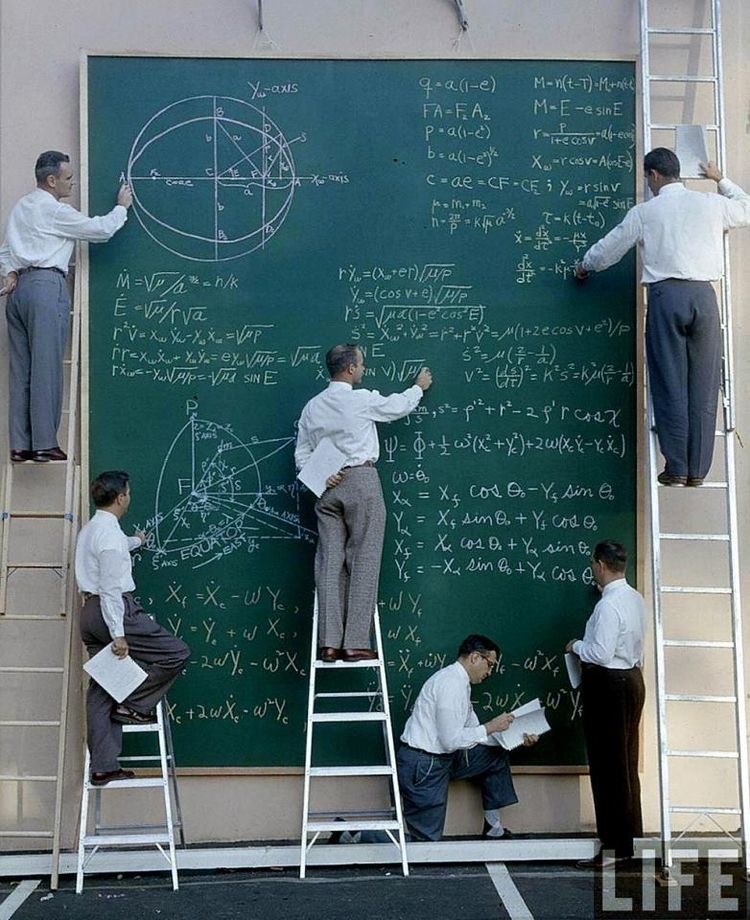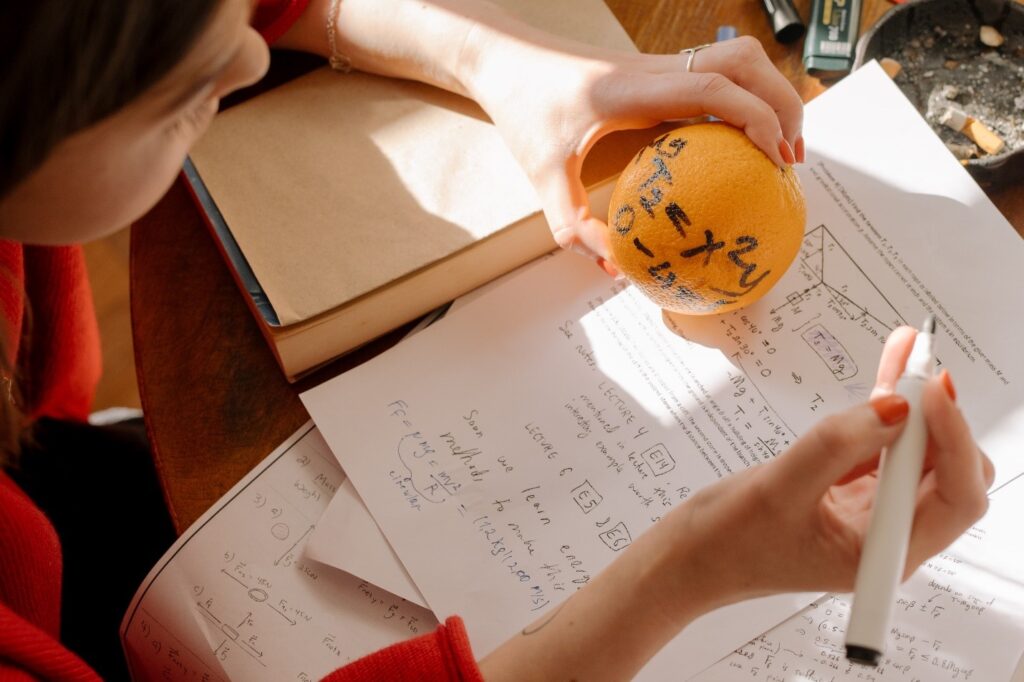When someone imagines the world of mathematics, the mind frequently evokes pictures of intricate equations, elaborate formulas, and rigorous puzzles to solve. Yet, beneath the practical exterior, there exists a domain of awe-inspiring splendour that only a select few have been fortunate enough to venture into — the realm of mathematical aesthetics.
Mathematicians weave their own tapestry of elegance and symmetry via numbers and patterns, just like a painter crafts a masterpiece on canvas. Mathematical aesthetics is more than just manipulating numbers; it is an enthralling trip that reveals the hidden elegance woven into the fabric of mathematical concepts.
The idea of symmetry is essential to the attractiveness of mathematical aesthetics. Symmetry is whether it is in the beautiful patterns of a snowflake or the intricate geometry of stained glass in a church. The symphonic equilibrium that results from the dance of symmetrical components fascinates mathematicians because it resonates so deeply with human experience.

Fractals, those infinitely complex formations that repeat themselves at different scales, provide as yet another example of the creative nature of mathematics. A fractal’s numerous subtleties constantly unfold as one explores further into it, continuing a never-ending dance between complexity and simplicity. The Mandelbrot set serves as a classic example of how mathematics can imitate the fascinating patterns found in nature, complete with its whirling tendrils and complex spirals.
The aesthetic allure of mathematics, however, extends its embrace even further, embracing the world of abstraction. Pure mathematical ideas have an attraction evocative of philosophical ideas since they are not constrained by physical manifestation. Mathematicians are driven by the desire for elegance to find the simplest and most exquisite proofs for difficult theorems, echoing the search of beauty in the arts.

The odyssey through mathematical aesthetics is also punctuated by unforeseen connections and fortuitous revelations. The mathematical constants π and e, seemingly distant companions from disparate mathematical realms, unexpectedly converge in equations and representations, unveiling a concealed harmony that weaves together diverse mathematical landscapes. Such unveilings mirror the unearthing of concealed meanings in artworks, discernible only through at Mathematical aesthetics finds its most authentic expression in the cooperative dance between intuition and logic. A mathematician’s intuition directs them toward uncharted areas, and their logic makes sure that every decision they make is supported by sound logic. The culmination of this dance is the construction of proofs that not only demonstrate the elegance ingrained in the subject but also confirm the veracity of mathematical facts.
Discovering the hidden artistry weaved within the essence of numbers, forms, and arrangements calls us to explore the world of mathematical aesthetics. We explore this captivating landscape, revealing the harmonies, beautiful fractals, and refined abstraction that define the world of mathematical fascination. Mathematicians use equations and theorems to throw light on the ineffable, much as an artist uses a brush to depict the indescribable.
Sources
- https://academic.oup.com/philmat/article/26/2/153/4030779#:~:text=Introduction-,1.,aesthetic%20merit%20of%20their%20work.
- https://en.m.wikipedia.org/wiki/Mathematical_beauty#:~:text=The%20aesthetic%20pleasure%20that%20mathematical,are%20represented%20by%20mathematical%20models.
- https://en.m.wikipedia.org/wiki/Mathematical_beauty
- https://en.m.wikipedia.org/wiki/Mathematical_beauty#:~:text=Mathematical%20beauty%20is%20the%20aesthetic,depth%20or%20orderliness%20of%20mathematics.
- https://www.weber.edu/cos/beautyofmath.html#:~:text=This%20beauty%20is%20seen%20in,accessed%20by%20the%20non%2Dmathematician.




